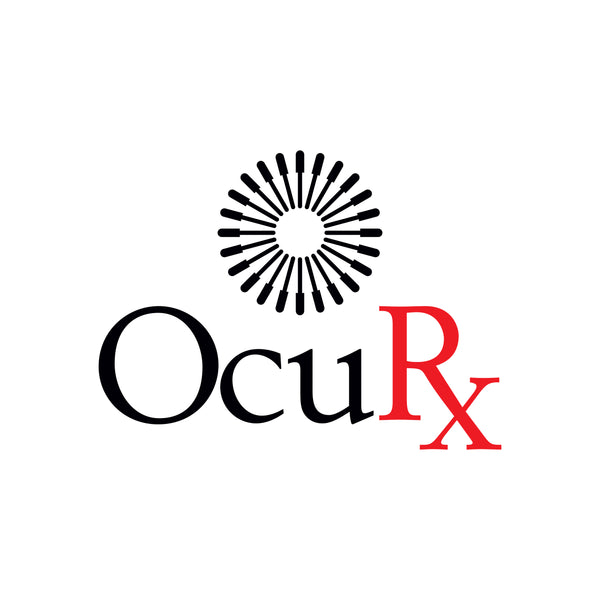The Section 44 ADA (Americans with Disabilities Act) credit, formally known as the Disabled Access Credit, is a tax incentive provided under Section 44 of the Internal Revenue Code to encourage small businesses to comply with ADA requirements. It can apply to the purchase of certain medical equipment if that equipment is acquired to enable access for individuals with disabilities. At www.ocurx.com, most of our equipment is ADA compliant. Here’s a breakdown based on the latest available information as of March 08, 2025:
Eligibility
To qualify for the Section 44 credit:
- The business must be an "eligible small business," meaning it had either:
- Gross revenues of $1,000,000 or less in the previous tax year, or
- 30 or fewer full-time employees (working at least 30 hours per week for 20 or more calendar weeks in the prior year).
- The expenditures must be for the purpose of complying with ADA requirements, such as improving accessibility for individuals with disabilities.
Credit Details
- The credit covers 50% of eligible access expenditures that exceed $250 but do not exceed $10,250 in a given tax year.
- The maximum credit is $5,000 per year (calculated as 50% of $10,000, after subtracting the initial $250).
- Eligible expenditures must be reasonable and necessary to remove barriers or provide access, and no other tax deductions or credits can be claimed for the same amount.
Medical Equipment and the Credit
Medical equipment qualifies for the credit if it is specifically purchased or modified to meet ADA accessibility standards for individuals with disabilities. Examples include:
- Adjustable-height exam tables or chairs that allow patients with mobility issues to transfer easily.
- Wheelchair-accessible scales or diagnostic equipment.
- Portable lifts or other adaptive devices that facilitate medical care for people with disabilities.
However, the equipment must be directly tied to ADA compliance. For instance:
- General-purpose medical equipment (e.g., an eye exam machine used in routine practice) typically doesn’t qualify unless it’s specifically designed or modified to address accessibility barriers mandated by the ADA.
- The ADA emphasizes equal access to medical services, so equipment must enable a person with a disability to receive care equivalent to that of a person without a disability.
How to Claim the Credit
- Calculate your eligible expenditures (between $250 and $10,250).
- Take 50% of the amount above $250, up to a $5,000 credit.
- File IRS Form 8826 (Disabled Access Credit) with your annual tax return.
- Keep detailed records (e.g., invoices, receipts) to prove the equipment was purchased for ADA compliance, as the IRS may request documentation.
Example
Suppose a small medical practice spends $5,000 on an adjustable exam table to accommodate wheelchair users:
- Subtract $250 (non-creditable portion) = $4,750.
- Take 50% of $4,750 = $2,375 credit.
- The practice can claim a $2,375 tax credit for that year.
If the same practice spends $11,000:
- The credit is capped at 50% of $10,000 (after the $250 deduction), so the maximum credit remains $5,000.
Additional Notes
- The credit is non-refundable but can be carried forward to the next tax year if it exceeds your tax liability.
- It can be combined with other tax benefits (e.g., Section 179 deduction for equipment depreciation), but the same dollar amount cannot be double-dipped across incentives.
- Consult a tax professional to confirm eligibility and ensure compliance, as the IRS requires that expenditures meet specific ADA standards (often outlined in regulations from the Architectural and Transportation Barriers Compliance Board).
This credit is a valuable tool for small healthcare providers looking to enhance accessibility while offsetting costs. If you have specific equipment in mind, let me know, and I can help assess its potential eligibility!

